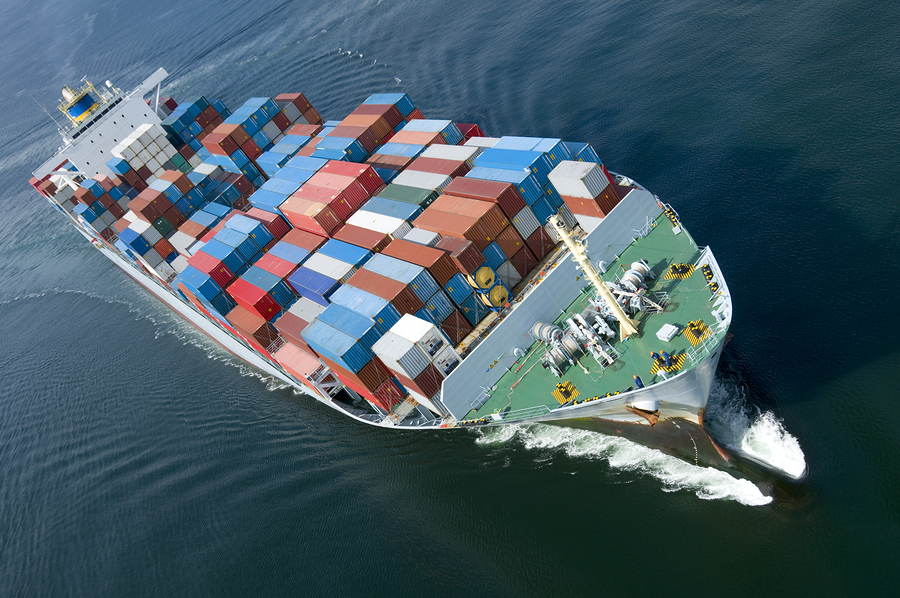SHIPOWNERS are still investing in LNG and scrubbers to comply with sulphur emission rules, despite low fuel prices making the return on any investment longer.
Recent data from Norwegian/German class-society DNV GL shows that despite low fuel prces tending to push owners to use traditional fuels, there is still takeup of technologies for compliance. The company says that scrubber installations are 75% retrofit projects and suggests scrubbers are likely to be the choice going forward as the order book nearly doubles that of LNG.
According to DNV GL, cruise ship owners are a key contributor to the growth of marine scrubber retrofits. Carnival Cruise Line has invested heavily in scrubbers for its vessels, revealing at the end of February this year that its own scrubber technology has been installed on 60 ships to date, representing an investment of $400m.
Similarly, cruise company Royal Caribbean has invested in a number of scrubbers across its fleet, but in October 2016 announced that it will build a new class of LNG-powered ships and look into fuel cell technology, signalling a change in direction for its future ships.
According to DNV GL, containership owners prefer to invest in LNG compared with scrubbers, as LNG availability is less of a concern than to cruise ship owners.
Tallink, the cruise ferry operator in the Baltic Sea, has said that funding plays a big role and has obtained financial assistance for constructing LNG-powered ferries for operation in the Baltic. Passenger ferry company Viking Line has also opted for LNG, previously stating that scrubbers are a risky investment. It also got funding to build its dual fuelled Viking Grace.
DNV GL data shows that overall the total number of confirmed projects (ships/installations in operation and on order) the number of scrubber orders are almost double those of LNG. A drop in 2016 LNG prices according to a Bloomberg energy finance report indicates that LNG may have been less competitive and uptake limited.
In reality the price of crude oil will play a huge role. The cheaper the crude, the cheaper the bunker fuel. With lower bunker prices, distillate fuels that are below the required 0.1% sulphur content will still be relatively attractive leaving retrofit scrubbers less so. However, earlier this week Eagle LNG said that it expects LNG demand to rise by 30 million tonnes a year by 2030 because of it being a cleaner solution than marine scrubbers.

Fathom-News
editor@fathom-mi.com
































